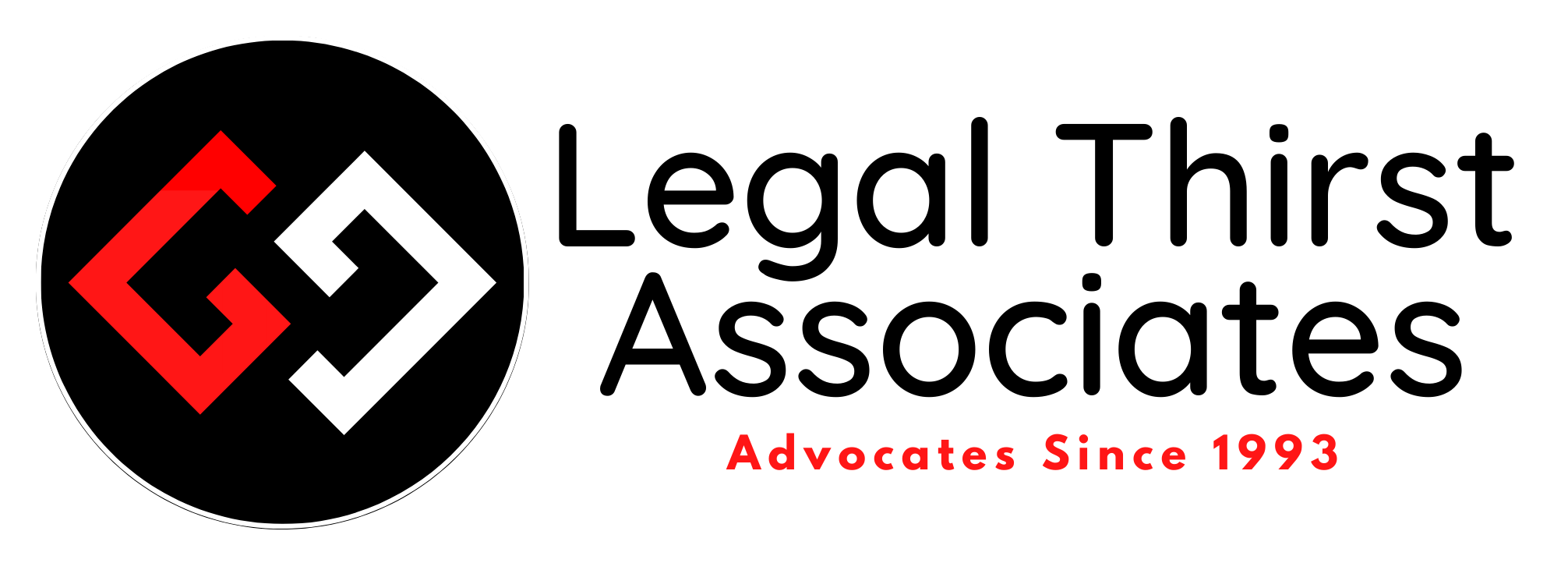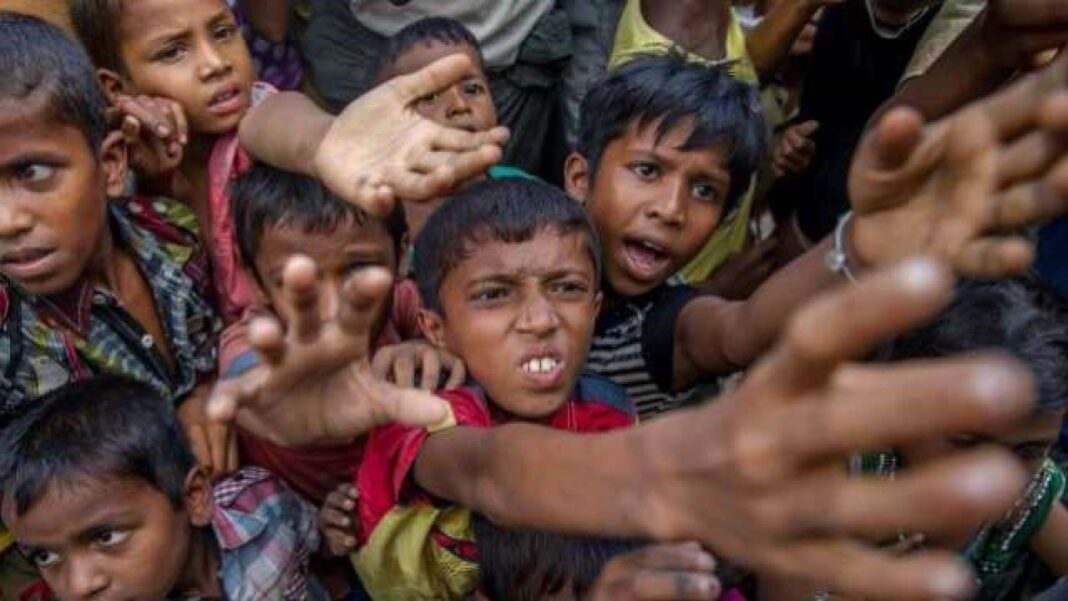Table of Contents
Strengthening Legal Frameworks and Accountability Mechanisms
This article is contributed by Deepansh Tripathi.
Introduction
On the International Day of Innocent Children Victims of Aggression, we must acknowledge and shed light on the grave challenges faced by children around the world who are victims of aggression and violence. [1][2] The purpose of the day is to acknowledge the pain suffered by children throughout the world who are the victims of physical, mental and emotional abuse. This day affirms the UN’s commitment to protecting the rights of children. [3] The Sustainable Development 2030 also aims to provide a secure and better future for children. Target 16.2 especially mentions ending all forms of violence against children, and ending the abuse, neglect and exploitation of children are mainstreamed across several other violence-related targets. [4]
Aggression, War, Armed Conflict, and Communal Riots, are just different names of the same disease, which profoundly affects their childhood and denies them the opportunities they deserve. Innocent Children Victims of Aggression are deprived of a normal upbringing, nurturing environment, and quality education. Instead of classrooms, they find themselves amidst armed conflict, exposed to violence, and burdened with responsibilities beyond their years. As a result, they face significant setbacks in their personal and educational development, perpetuating a cycle of poverty and limited opportunities.
Today, we turn our attention to India, where the involvement of Children as combatants has become a concerning reality in many Naxalite-affected areas. It is crucial to understand the underlying reasons behind their involvement and work towards safeguarding the rights and well-being of these vulnerable children.
Children as Victims vis-a-vis Participants
One of the distressing consequences of any conflict/ insurgency/ communal violence is the involvement of children, both as victims and participants. Children in conflict-affected areas are exposed to violence, displacement, and a disrupted education system. They often face the brunt of military operations, recruitment attempts by Naxalite groups, and psychological trauma, leaving them susceptible to exploitation and manipulation. Their recruitment Tactics are by exploiting the vulnerabilities of children, particularly those from impoverished and marginalized backgrounds. They entice children into their ranks by offering a sense of belonging, ideology-driven motivation, and promises of a better future. Factors such as poverty, lack of access to education, and limited economic opportunities make children easy targets for recruitment.
Instances where Indian children have been exploited and involved in armed conflicts:
The use of children in armed conflicts is a grave violation of their rights and a tragic reality in various parts of the world, including India. Here are some instances where Indian children have been exploited and involved in armed conflicts:
1. Naxalite Conflict:
The Naxalite insurgency, primarily concentrated in states like Chhattisgarh, Jharkhand, and Odisha, has witnessed the recruitment and exploitation of children. [5] Naxalite groups have been known to coerce or entice children into their ranks, using them as couriers, informants, or even combatants. These children are exposed to violence, deprived of education, and face significant psychological trauma. [6]
2. Insurgency in Jammu and Kashmir:
The long-standing conflict in the region of Jammu and Kashmir has seen the involvement of children as well. Armed groups have been reported to recruit children as young as 10 years old,[7] exploiting their vulnerability and manipulating them for various roles, including carrying out surveillance, acting as messengers, or even participating in combat. [8]
3. Northeastern Insurgencies:
The northeastern states of India, such as Manipur[9], Nagaland,[10] and Assam,[11] have experienced multiple insurgencies over the years. Children have been forcibly recruited or voluntarily joined these insurgent groups due to factors like poverty, political instability, and social marginalization. They are involved in activities like carrying weapons, planting explosives, and acting as spies.
4. Communal and Ethnic Conflicts:
India has witnessed numerous communal and ethnic conflicts, where children have unfortunately become victims and participants. In instances of communal violence, children from different religious or ethnic communities have been targeted, subjected to violence, and used as pawns to fuel tensions. They are often coerced or forced to participate in acts of violence or used as shields during conflicts.
5. Border Disputes:
India shares border disputes with neighbouring countries like Pakistan and China. In such conflicts, children from border areas have been affected as they become part of the vulnerable population caught in the crossfire. These children often face displacement, and loss of family members, and are exposed to violence, leading to severe physical and psychological trauma.

Legal Position of Children Involved in armed conflicts in India
Children involved in armed conflicts in India are entitled to certain legal rights and protections. The Indian government, in line with international conventions and its legislation, recognizes the importance of safeguarding the rights of children affected by armed conflicts. Here are some of the legal rights afforded to children in India involved in armed conflicts:
1. Right to Protection:
The Juvenile Justice (Care and Protection of Children) Act, 2015,[13] protects children in conflict with the law, including those involved in armed conflicts. It ensures that children are treated with care, dignity, and respect during the legal process, with a focus on their rehabilitation and reintegration.
2. Right to Education:
The Right to Education Act, 2009,[14] guarantees free and compulsory education to all children between the ages of 6 and 14. This includes children affected by armed conflicts, who have the right to access quality education and educational support services, regardless of their circumstances.
3. Prohibition of Child Recruitment:
India is a signatory to the Optional Protocol,[15] It was adopted in 2000 and raises the minimum age for direct participation in hostilities to 18 years and prohibits the recruitment and use of children under 18 in armed conflicts. It also establishes measures for the protection, demobilization, and rehabilitation of child soldiers.
4. International Humanitarian Law:
India, as a party to the Geneva Conventions and their Additional Protocols, is bound by international humanitarian law. Common Article 3 of the Geneva Conventions and Additional Protocol II explicitly prohibit violence to life and person, including recruiting children under the age of 15 into armed forces or groups. Further, it helps in protecting children affected by armed conflicts by ensuring their access to necessities, medical care, and education, and preventing their recruitment and use in hostilities.
5. National and State Commissions for the Protection of Child Rights:
The National Commission for Protection of Child Rights (NCPCR) and State Commissions for Protection of Child Rights (SCPCRs) play a crucial role in monitoring, advocating for, and protecting the rights of children in India. They work to address the specific needs and challenges faced by children involved in armed conflicts.
Protection and Rehabilitation: A way forward
It is important to note that the Indian government, along with civil society organizations, is committed to addressing the issue of child involvement in armed conflicts. Protecting and rehabilitating children affected by the Naxalite conflict should be a priority.
Hence, it is essential to adopt a multi-faceted approach to address this complex issue effectively:
1. Protection and Rescue Operations:
Security forces must prioritize the protection and rescue of children trapped in conflict zones. Dedicated efforts should be made to provide them with safe havens, medical support, and psychological counselling.
2. Strengthening Education Systems:
Education is a powerful tool for transforming lives. By investing in the development of educational infrastructure, training teachers, and providing quality education in conflict-affected areas, we can help break the cycle of violence and offer children a pathway to a brighter future.
3. Socio-Economic Empowerment:
To prevent the recruitment of children, there is a need for comprehensive socio-economic development programs that address poverty, inequality, and unemployment. By providing viable livelihood options to families, we can create an environment where children are less susceptible to manipulation.
4. Rehabilitation and Reintegration:
Children who have been involved with Naxalites require specialized care and support to reintegrate into society. Rehabilitation programs should focus on providing education, vocational training, and psychological counselling to help them rebuild their lives and contribute positively to their communities.
5. Legal Framework:
India must enact and enforce domestic legislation to ensure that child recruitment is criminalized and punishable under national law. This includes prosecuting individuals or groups involved in the recruitment and use of child soldiers.
6. Data Collection and Reporting:
India is encouraged to collect and maintain data on the recruitment and use of child soldiers, as well as the measures taken to prevent and address such situations. Regular reporting to relevant international bodies, such as the United Nations Committee on the Rights of the Child, is also expected.
References
- 2017 has been a nightmare year for children in war zones: UNICEF report, dnaindia.com/world/report-2017-has-been-a-nightmare-year-for-children-in-war-zones-UNICEF-report-2571169
- Syrian children flee their homes in the town of Beit Sawa in Syria’s besieged eastern Ghouta region. Photograph: Abdulmonam Eassa/AFP/Getty Images
- United Nations, International Day of Innocent Children Victims of Aggression. [online] United Nations. Available at: https://www.un.org/en/observances/child-victim-day [Accessed 31 May 2023].
- Goal Targets 16.2 : End abuse, exploitation, trafficking and all forms of violence against and torture of children, https://www.un.org/en/observances/child-victim-day
- Drolia, R. (2021). Kids snatched at 15 comprise 70% of Naxal cadre: Survey. The Times of India. [online] 29 Sep. Available at: https://timesofindia.indiatimes.com/city/raipur/kids-snatched-at-15-comprise-70-of-naxal-cadre-survey/articleshow/86593994.cms [Accessed 31 May 2023].
- Shrivastava, A. (2017). A shocking surge. [online] India Today. Available at: https://www.indiatoday.in/magazine/msn-it/story/20170508-child-soldiers-maoists-jharkhand-986259-2017-04-28 [Accessed 31 May 2023].
- Khalid Shah (2015). Observer Research Foundation. [online] ORF. Available at: https://www.orfonline.org/research/children-as-combatants-and-the-failure-of-state-and-society-the-case-of-the-kashmir-conflict-47514/.
- Fayyaz, A.A. (2021). IN Exclusive: The ‘child soldiers’ of Kashmir. [online] Indianarrative. Available at: https://www.indianarrative.com/india-news/in-exclusive-the-child-soldiers-of-kashmir-18253.html [Accessed 31 May 2023].
- Conflict And Child Soldiers Manipur Case, https://www.svpnpa.gov.in/images/npa/pdfs/CompletedResearchProject/38_confictandchildsoldiers.pdf
- Indian Defence Review. (n.d.). The Child Guerrillas of the Northeast – I. [online] Available at: http://www.indiandefencereview.com/news/the-child-guerrillas-of-the-northeast-i/ [Accessed 31 May 2023].
- N Brajakanta (2013). Child Soldiers Combatants by N Brajakanta. [online] e-pao.net. Available at: http://e-pao.net/epSubPageExtractor.asp?src=education.Human_Rights_Legal.Child_Soldiers_Combatants_by_N_Brajakanta [Accessed 31 May 2023].
- The report, prepared following consultations and covering the period from January to December 2021, is submitted pursuant to Security Council resolution 2427 (2018)., https://childrenandarmedconflict.un.org/where-we-work/india/
- The Juvenile Justice (Care and Protection of Children) Act, 2015, Ministry of Law and Justice, https://cara.nic.in/PDF/JJ%20act%202015.pdf
- The Right of Children to Free and Compulsory Education Act, 2009, https://dsel.education.gov.in/sites/default/files/rte/rte.pdf
- Optional Protocol on the Involvement of Children in Armed Conflict, https://childrenandarmedconflict.un.org/tools-for-action/opac/#:~:text=The%20Protocol%20was%20adopted%20by,below%20the%20age%20of%2018.



